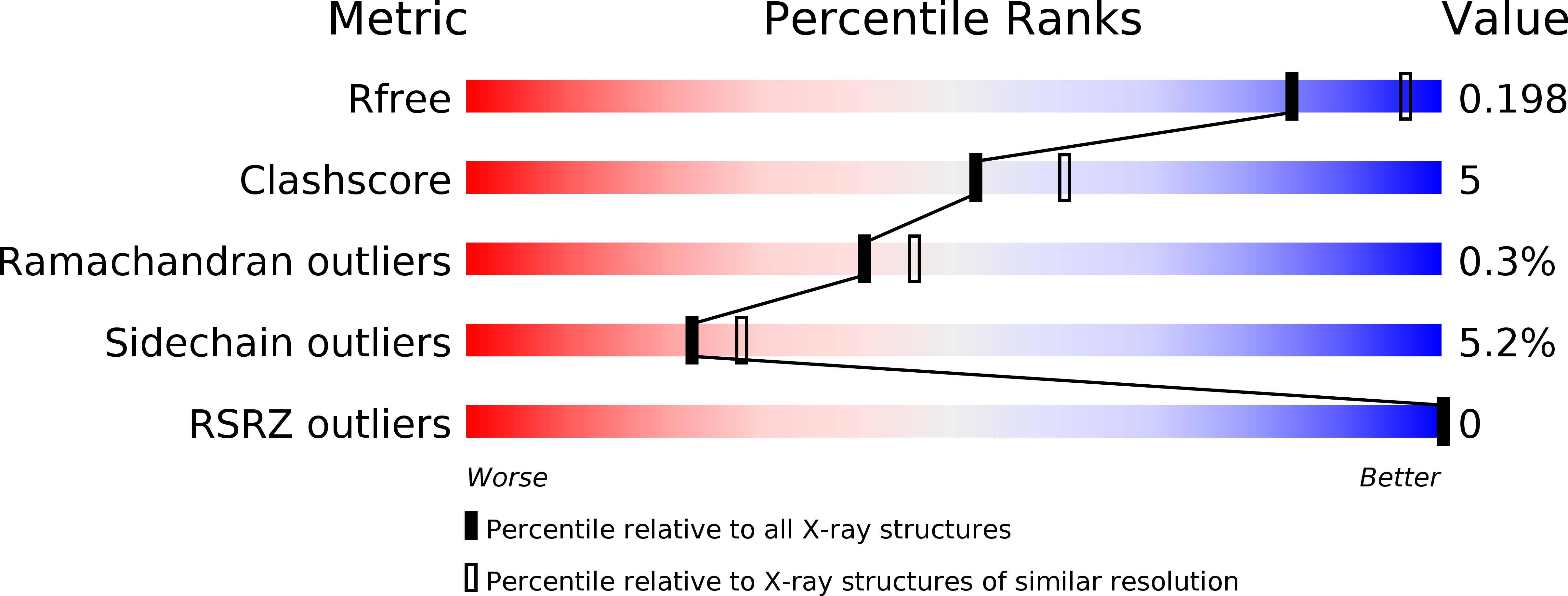
Deposition Date
2014-07-07
Release Date
2014-08-06
Last Version Date
2023-11-08
Entry Detail
PDB ID:
4QT4
Keywords:
Title:
Crystal structure of Peptidyl-tRNA hydrolase from a Gram-positive bacterium, Streptococcus pyogenes at 2.19 Angstrom resolution shows the Closed Structure of the Substrate Binding Cleft
Biological Source:
Source Organism:
Streptococcus pyogenes NZ131 (Taxon ID: 471876)
Host Organism:
Method Details:
Experimental Method:
Resolution:
2.19 Å
R-Value Free:
0.19
R-Value Work:
0.16
R-Value Observed:
0.17
Space Group:
P 1


